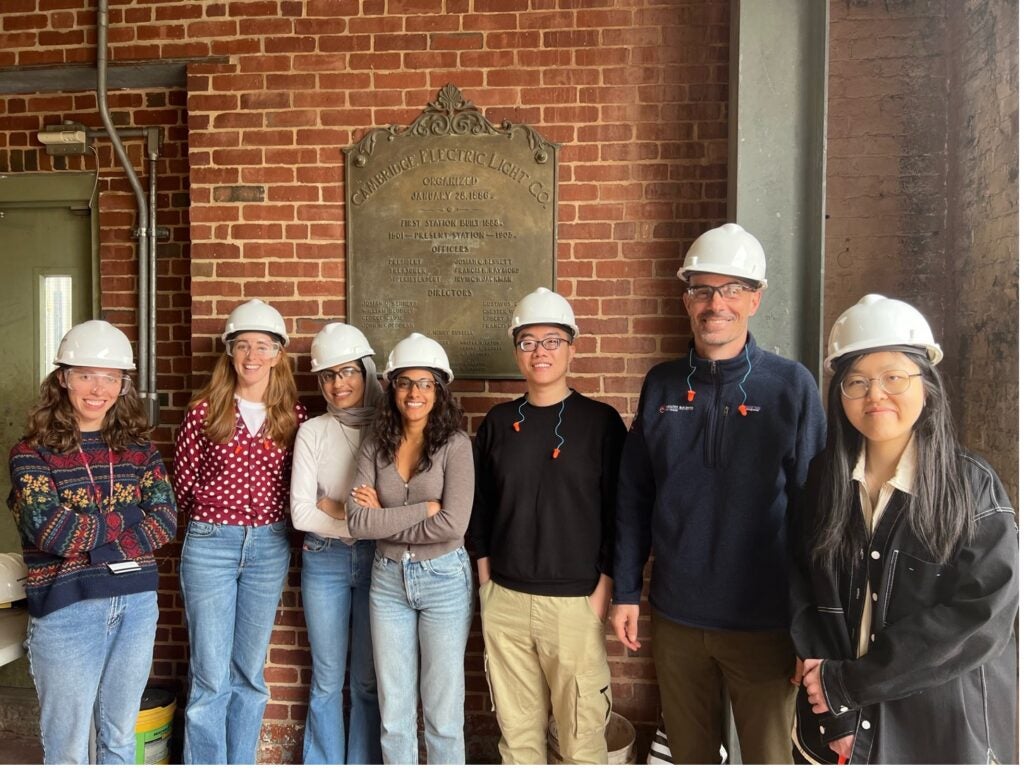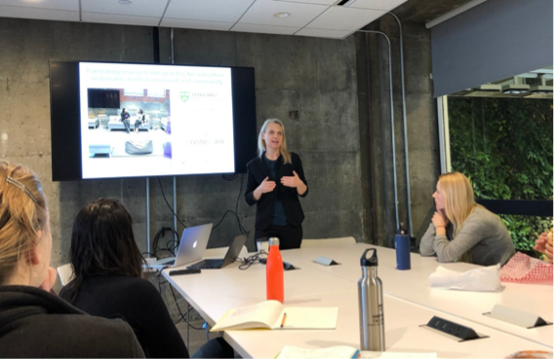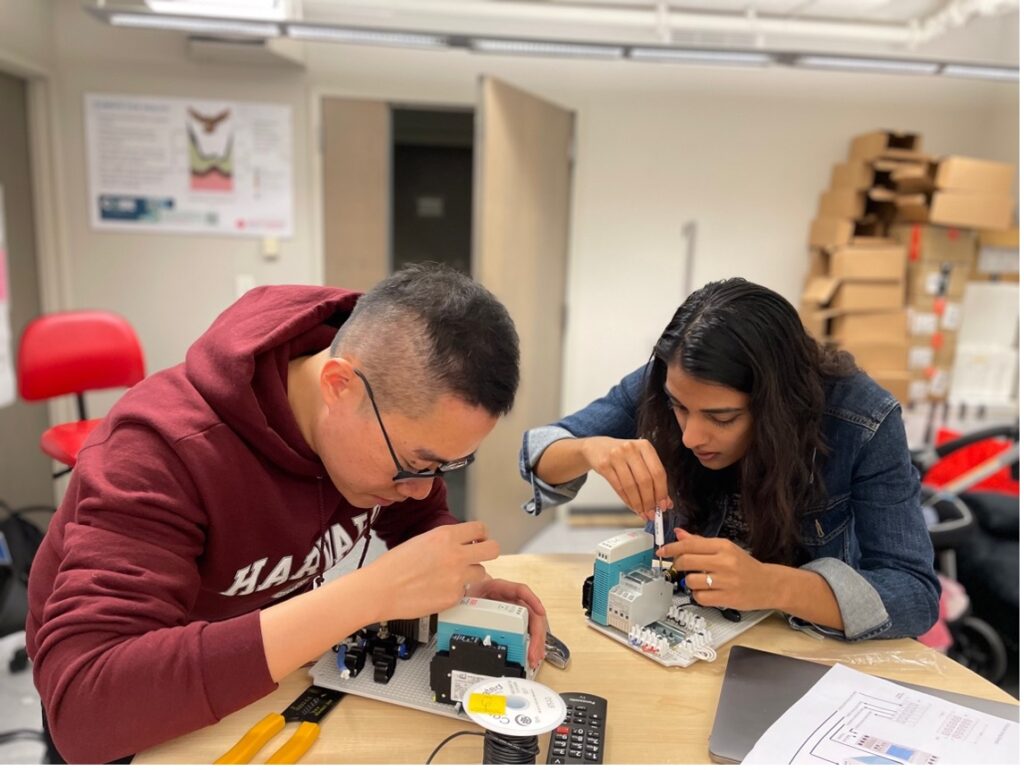Education and Research Center
The Harvard T.H. Chan Education and Research Center for Occupational Safety and Health (ERC) is one of the 18 regional centers funded by the National Institute for Occupational Safety and Health (NIOSH). The Harvard Chan ERC supports traineeships at the master, doctoral, and postdoctoral levels.
665 Huntington Avenue
Building 1, Room 1404
Boston, MA 02115
Occupational Hygiene
As defined by the International Occupational Hygiene Association (IOHA), “Occupational Hygiene (OH) is the discipline of anticipating, recognizing, evaluating and controlling health hazards in the working environment with the objective of protecting worker health and well-being and safeguarding the community at large.”
Traineeships consisting of financial support and research mentorship are most often awarded to students enrolled in the School’s master’s or doctoral degree programs with concentrations in occupational health or exposures and risk sciences.


Trainees in the OH program acquire the skills to assess and control chemical, physical, and microbiological hazards in the workplace that may cause illness, injury, discomfort, or inefficiency among workers.

Courses are structured to provide training in the evaluation of occupational exposures, effectiveness of intervention strategies, controls, risk assessment, work processes, risk communication, leadership, and workplace environment redesign. These courses are designed to address core competencies defined by the American Industrial Hygiene Association.
In addition to School-required, essential public health courses in biostatistics and epidemiology, trainees enroll in occupational and environmental health science courses, which include:
- Exposure and Risk Assessment
- Healthy Buildings
- Occupational Health Policy and Administration
- Occupational Epidemiology
- Environmental Justice
- Air pollution / Water Pollution


In the OH training program of the ERC, I learned how to identify hazards and forensically investigate ways to enhance our health in workplaces and beyond. Our work centers around how to drive solutions and real-world interventions to reduce indoor exposure and promote public health.
Anna Young, PhD, former ERC trainee
Some examples of what students are doing after completing training in the OH program:
- Life Scientists or Supervisory Industrial Hygienists at federal agencies
- Director of the Occupational Health Surveillance Program at a state public health department
- Environmental Health and Safety Specialist at a biomedical engineering firm
- Researcher at a public health university
- Research lead for an architectural firm
- USAID Foreign Service Fellow
- Associate Dean for Research and Faculty